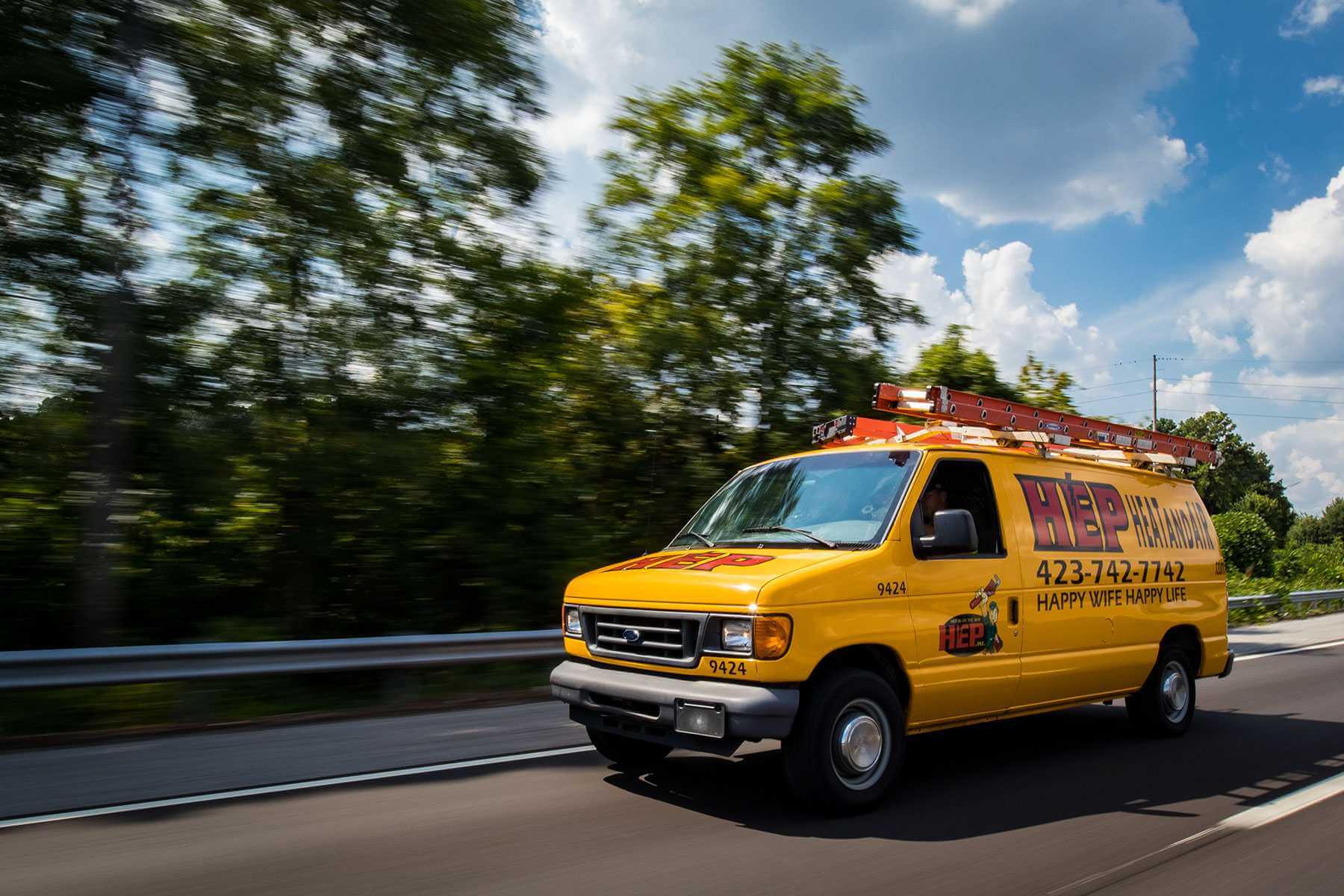

Pressurised Cylinders
Your trusted partner for professional home services. Quality workmanship, guaranteed satisfaction.




- HEP Plumbing
- Pressurised Cylinders
Pressurised Cylinders | Commercial Plumbing | Plumbing | Kelso
When hot-water demand peaks in your hotel, restaurant, or factory, a properly installed pressurised cylinder is the silent hero that keeps every shower scorching and every wash-down powerful. At HEP, our certified engineers combine depth of knowledge with the latest testing equipment to size, install and commission cylinders that meet WRAS and Building Standards, protecting your staff, customers and reputation. We balance pressure, temperature and flow with meticulous precision, ensuring your system runs smoothly and efficiently—even in the harsh Borders winter.
From planned maintenance contracts to rapid emergency call-outs across Kelso and the surrounding towns, we deliver the responsive support your business expects from true commercial plumbing specialists. Whether you need a retrofit to boost capacity, an energy-saving upgrade, or a full design-and-build package for a new development, HEP keeps downtime minimal and compliance effortless—so you can focus on running your business, not chasing hot water.
FAQs
What exactly is a pressurised (unvented) hot-water cylinder and why is it advantageous for commercial premises in Kelso?
A pressurised or "unvented" cylinder is a sealed hot-water storage vessel that is fed directly from the mains rather than from a header tank. Because it uses mains pressure, it can deliver high flow rates simultaneously to multiple outlets—ideal for hotels, restaurants, care homes and other busy sites. It also frees up loft or plant-room space, eliminates the risk of tank contamination and generally provides faster heat-up and recovery times, which keeps energy costs down.
Can an unvented cylinder be retro-fitted into my existing commercial plumbing system?
Yes, in most cases. We start by carrying out a site survey to confirm that your incoming mains pressure and flow rate are adequate (typically 2 bar/20 lpm or higher). We then assess pipe sizing, boiler or heat-source compatibility and available plant-room space. If your current boiler cannot supply the required output, we may recommend upgrading to a high-efficiency gas, electric or renewable heat source. Upgrades to pressure-reducing valves, expansion vessels and discharge pipework are usually installed at the same time to meet Building Regulations Part G3.
What statutory regulations and certifications apply to pressurised cylinders in Scotland?
All unvented cylinder installations must comply with Building Standards Section 4 (Hygiene) and G3 requirements, which cover safety valves, discharge pipe sizing and temperature controls. In addition, installers must hold a valid Unvented Hot Water qualification (often called the G3 certificate) and, where gas appliances are involved, Gas Safe registration. Our engineers carry both certifications and issue a Completion Certificate on every job, giving you full legal compliance for insurance and inspection purposes.
How often should a commercial pressurised cylinder be serviced?
We recommend an annual service. During the visit we: • Check pressure-relief and temperature-relief valves for correct operation. • Inspect expansion vessels and recharge if necessary. • Clean strainers and test the tundish discharge. • Verify thermostat, hi-limit cut-out and immersion heaters. • Check for signs of limescale, corrosion or microbiological growth. Regular servicing not only extends the life of the cylinder (usually 15–25 years) but also maintains water quality and Legionella compliance.
What warning signs indicate my cylinder needs repair or replacement?
Common red flags include: loss of hot-water pressure at outlets, water venting through the tundish, unusual noises (gurgling or banging), discoloured or metallic-tasting water, persistent leaks around connections, or repeated tripping of the thermal cut-out. If you notice any of these, isolate the unit if safe to do so and call us immediately. Early intervention can often prevent a complete shutdown and costly water damage.
Will installing or replacing a pressurised cylinder disrupt my business operations?
We plan every project around your trading hours. A straight replacement generally takes one working day; a first-time installation with new pipework can take 2–3 days. We can schedule the bulk of the work outside peak times and provide temporary hot-water solutions when required. Risk assessments and method statements (RAMS) are supplied in advance so you know exactly what to expect and can keep staff and customers informed.